Report this entry
More from the same community-collection
Tom McKay - Austin High School - El Paso, Texas - 2017
Tom McKay - Austin High School Football - El Paso, Texas.
Austin High School vs El Paso High School - 2017
Photograph - Left to right: Thomas McKay(teacher), Olga Lujan ...
Battle Of The Claw - 2017 - El Paso, Texas
El Paso High School won the battle for the claw. Austin High ...
Battle Of The Claw - El Paso, Texas - 2017
Photograph of Austin High School fan at Austin High School - ...
Battle Of The Claw - El Paso, Texas - 2017
Coach for El Paso High School gives pep talk to players during ...
Battle Of The Claw - El Paso, Texas - 2017
Battle Of The Claw - El Paso, Texas - 2017 El Paso High ...
Battle Of The Claw - El Paso, Texas - 2017
Battle Of The Claw - El Paso, Texas - 2017 Austin fans ...
Battle Of The Claw - El Paso, Texas - 2017
Battle Of The Claw - El Paso, Texas - 2017 Austin fans ...
Jimmy Melver and Nina Ellis - El Paso, Texas -1962
Jimmy Melver and Nina Ellis high school Christmas dance in the ...
Centennial Museum, UTEP, El Paso, Texas 1944
Centennial Museum on UTEP campus is seen from corner of Mesa and ...
Charlie Bailey congratulates Larry Durham at Sun Bowl Stadium
Charlie Bailey congratulates UTEP donor Larry Durham on donation ...
Homecoming Parade, Texas Western College, 1940's
Man on horse leads recreation of first Homecoming Parade of ...
Cheerleaders from Texas Western College Rejoice - 1955
Enthusiastic cheerleaders from Texas Western College probably at ...
M Club Supporters of Texas College of Mines
M Club Supporters of Texas College of Mines in El Paso, Texas ...
Students circa 1925, early buildings at Texas College of Mines
Students circa 1925 stand before earliest buildings at Texas ...
Female Student Wears TWC Beanie - 1966
Female student in El Paso, Texas wears commemorative Texas ...
Landmarks, Westside, El Paso, Texas 1965
Aerial photo shows ASARCO and Sun Bowl Stadium as landmarks on ...
Texas College of Mines, Buildings in 1932
Photo shows automobiles parked in front of buildings at Texas ...
Brumbelow Building Near Kidd Field 1960
Brumbelow Building near Kidd Field on UTEP campus in El Paso ...
Memorial Gym, UTEP Beginnings 1960
Photograph shows early construction on Memorial Gym on the UTEP ...
3609 Tularosa Front View - El Paso, Texas
Photograph taken by Thurman Studio Portraits & Commercial ...
Sixth Wall Of Giants - Fort Bliss, El Paso, Texas 2015
Sixth Wall Of Giants - Fort Bliss, El Paso, Texas Video of ...


















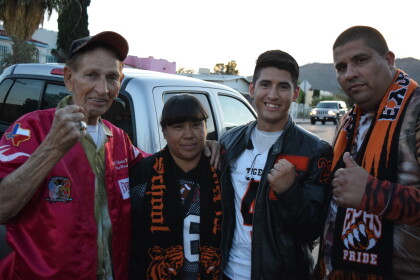
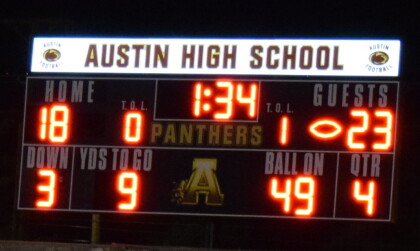
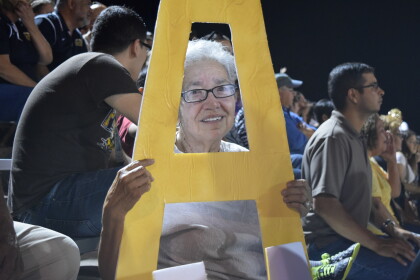
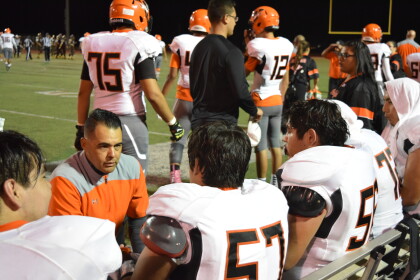




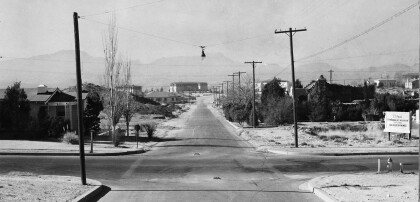
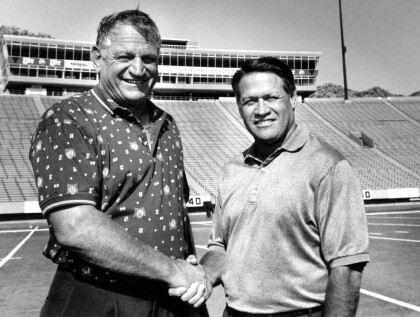
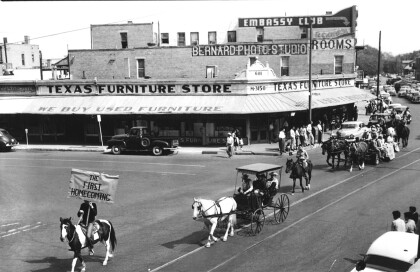
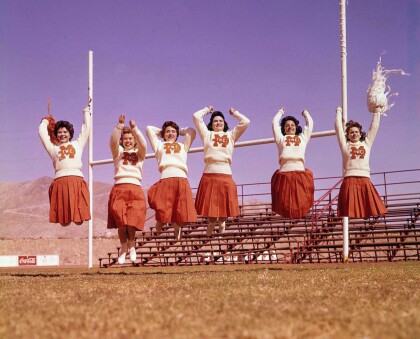
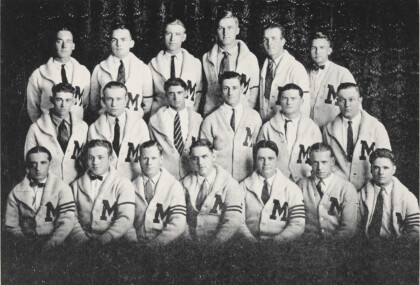
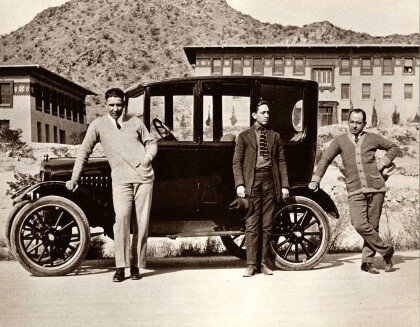

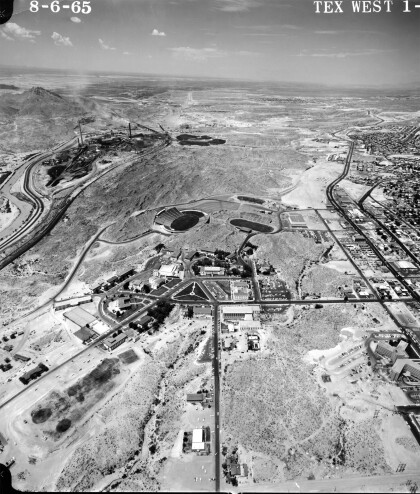
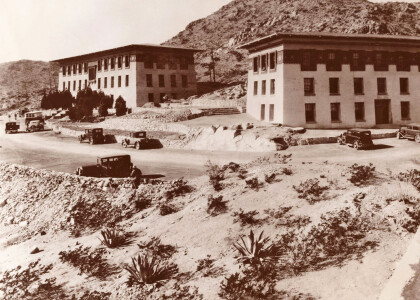
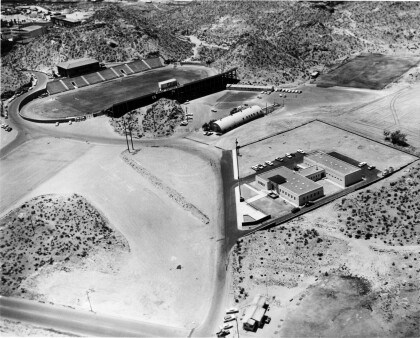
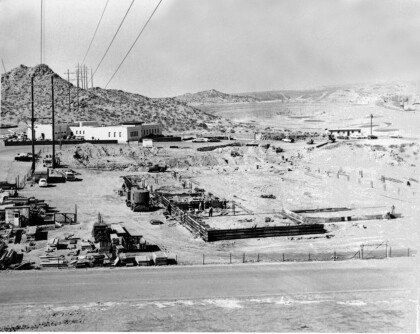
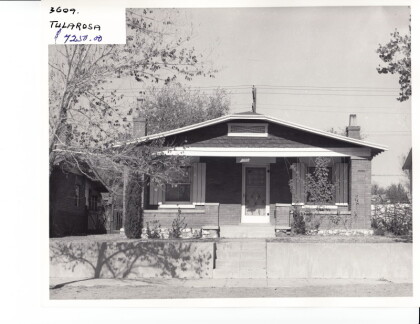
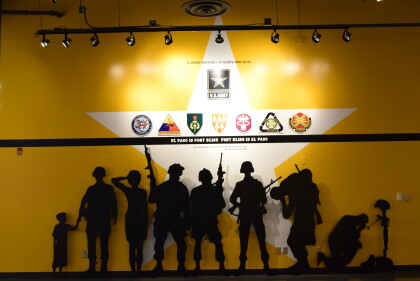

Comments
Add a comment